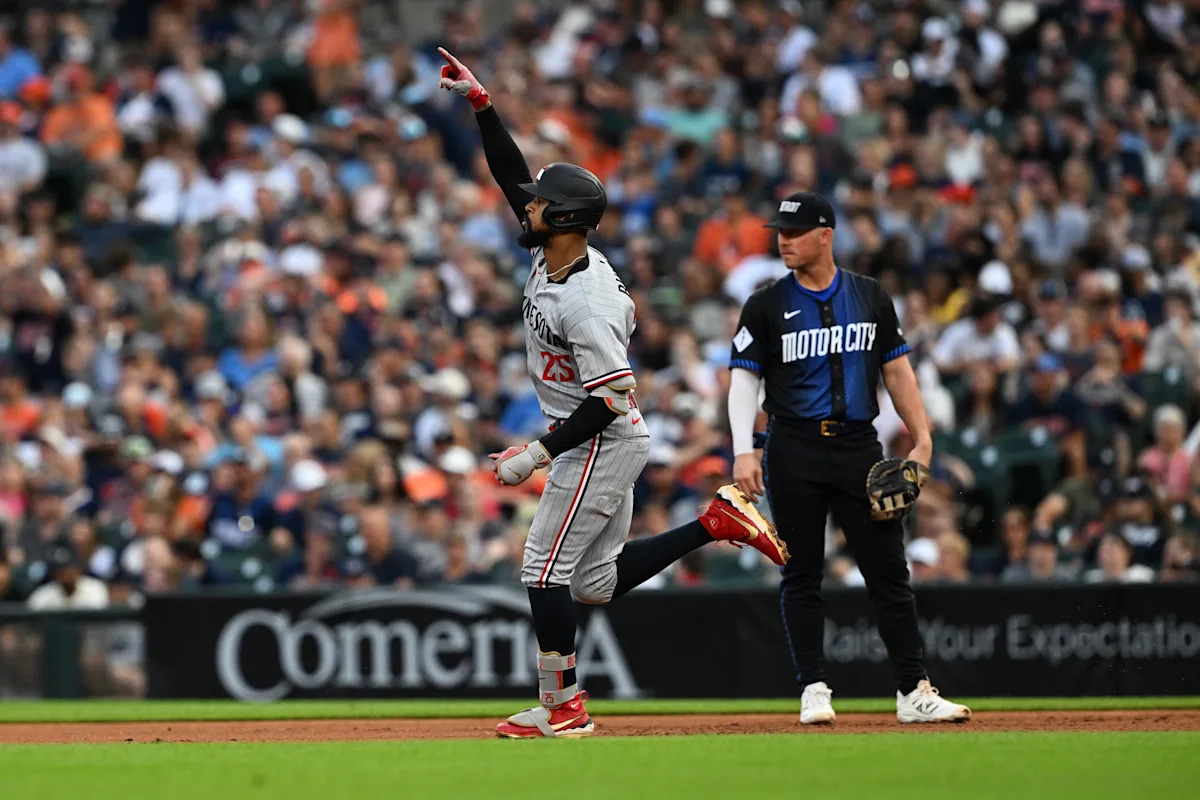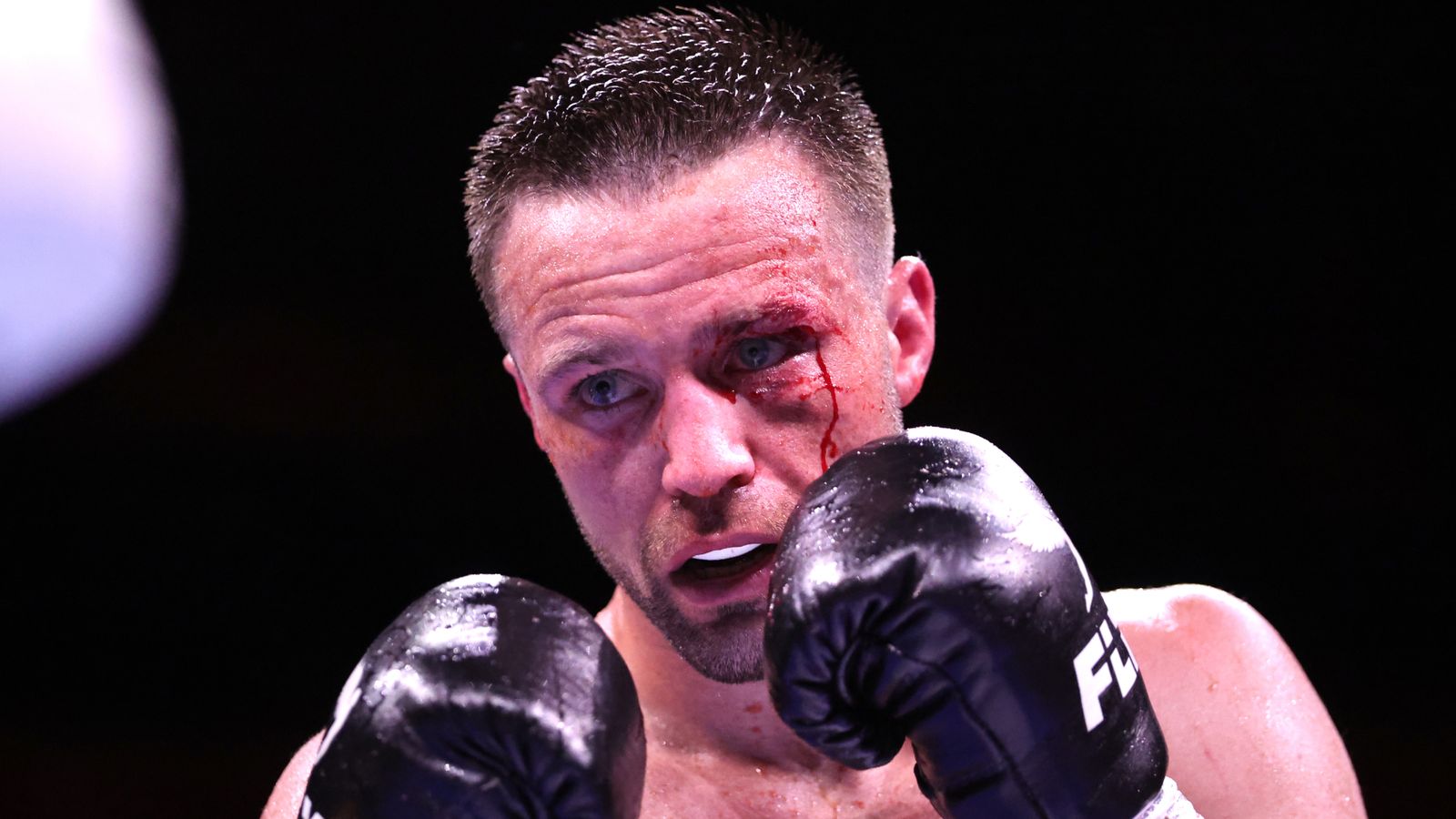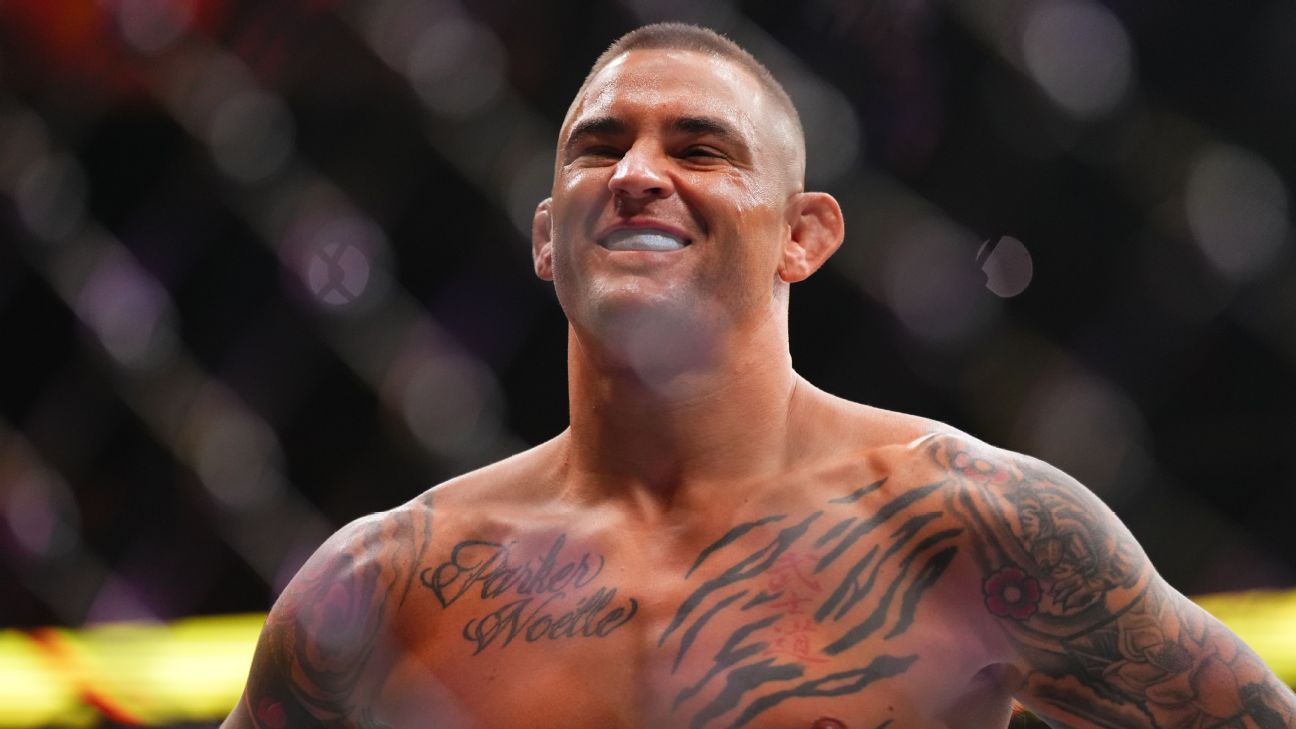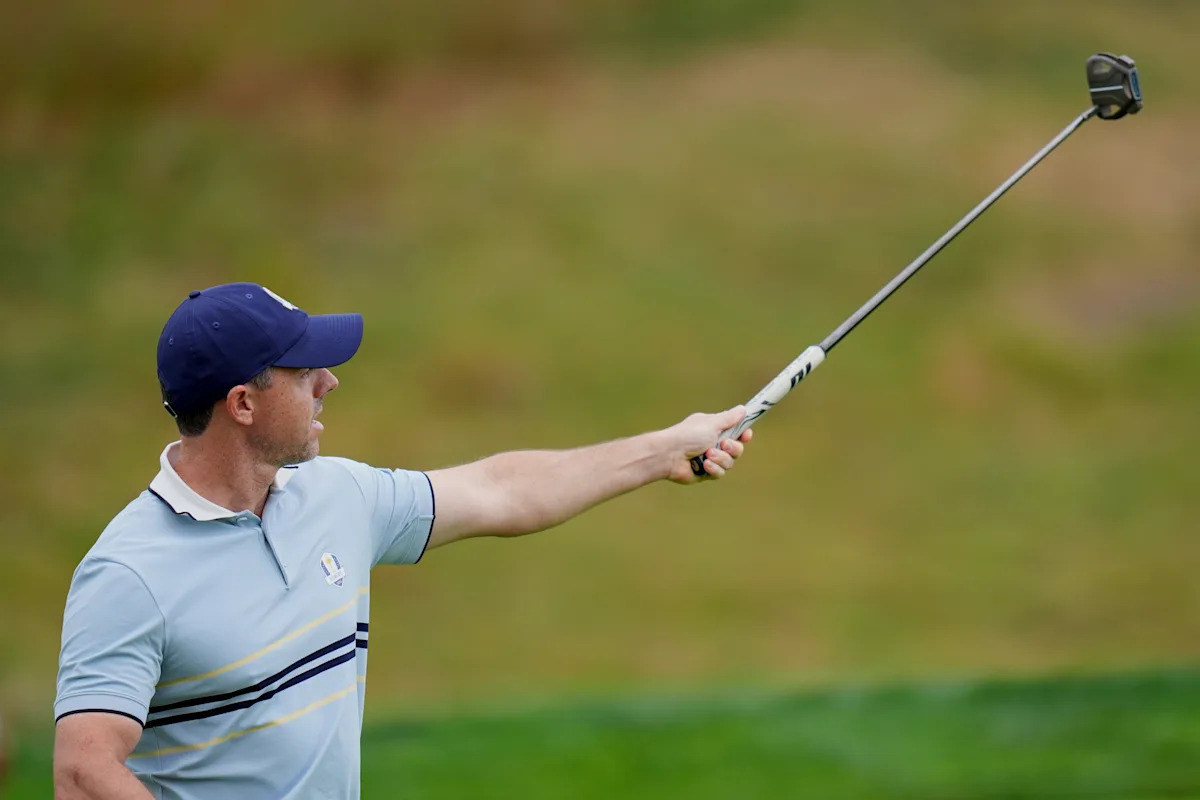
We just nudged past the halfway point of the fantasy baseball season. It’s a fun and useful time to recalibrate the market. Today, we’ll look at the biggest chunk of the offensive landscape, the outfield.
What has happened to this point is merely an audition. The goal with this project is to set up a cheat sheet or depth chart at a given position. You could use it for a fresh draft, or for trade and pickup ideas. You can use it to consider the strengths and weaknesses of your own teams.
Advertisement
[Smarter waivers, better trades, optimized lineups — Yahoo Fantasy Plus unlocks it all]
The salaries are a combination of data, observation and special sauce. Players at the same number are considered even. The goal is to figure out where the clusters of talent lie.
Injured players are at the bottom, courtesy ranks. Those are not for debate, but I welcome your reasonable disagreement on anything else. Catch me on Twitter or Bluesky, and away we go.
The Big Tickets
You almost don’t want to walk about it, don’t want to jinx it. It’s like talking during a no-hitter. Buxton is finally having that career year we’ve long dreamt about. He’s made it through 67 games in the first half, on pace for his busiest season since 2017. He’s a dominant base-stealer again (15-for-15). Everything in the slash line (.281/.347/.566) is well above career norms. And while his batting average is 27 points ahead of what he’s earned in the batted-ball metrics, he nonetheless is mostly validated on his Savant page. It’s always been about staying on the field with Buxton — we knew his upside in a full season was “MVP candidate.”
Advertisement
Usually the idea is to get the best player in a blockbuster trade, not the collection of maybes going the other way. But the Nationals probably won the Juan Soto trade from three years ago. Wood arrived quickly as a star, MacKenzie Gore has the potential to be a legitimate No. 1 arm, and CJ Abrams is a plus-regular. Imagine where the Padres might be if they’d never done this deal — they’d still have control of all of these guys. San Diego didn’t do as well when it shipped Soto to New York, though Michael King was mowing batters down before his shoulder injury.
Legitimate Building Blocks
Yelich was having an under-the-radar season before that quirky 6-0-4-8 line from mid-June — it’s hard to drive in eight runs without a homer or a run scored yourself. Yelich should end the year around 30 homers and 15 steals, making do despite an elevated strikeout rate. He generally has mild home-road splits but this year he’s oddly slashing a paltry .205/.297/.377 at home. That should start to correct in the second half.
Advertisement
Rodriguez arrived in the majors as a fully-fledged offensive weapon, so his mediocre trajectory since has been frustrating. Consider that he had a juicy 147 OPS+ in his Rookie of the Year season, and it’s been 130, 116 and 110 since. Obviously the Seattle ballpark is part of the story — his OPS jumps 157 points for road games. But Rodriguez still gets himself out too often — he’s had a messy chase rate his entire career, something he needs to iron out.
Talk Them Up, Talk Them Down
Pages turned in an interesting June, slashing .324/.333/.578 with six homers despite just one walk (he walked nine times in April, four times in May). Despite the tiny walk rate, Pages has a strikeout rate better than average (19.8%), showing what a craftsman he is with the bat. Excellent defense also marks his spot in the order. He doesn’t have as much power against lefties, but his average is stable. In a town that’s all about buzzy stars, Pages is an under-appreciated asset.
Advertisement
Nimmo has been a plus-offensive player his entire career, offering a mix of power and speed and getting on base at a decent clip, though his OBP is at an all-time low this season. Category juice (15 homers, seven steals) is breaking the fall for fantasy managers; Nimmo pretty much can swipe a bag whenever he wants (22-for-23 since the start of 2024). Nimmo was a middle-order hitter when the season started but he’s settled into the No. 2 slot for the past month or so; his run production should be outstanding moving forward. A winning ballplayer.
Some Plausible Upside
Prospects are fun but baseball is awfully hard and even the most talented kids often need time to figure things out. That’s been the story with Anthony (.210/.329/.339) and Caglianone (.157/.202/.258), underwhelming in their first laps around MLB. Anthony at least is maintaining his elite batting eye and has produced more thump on batted-ball events. The Red Sox likely will leave Anthony alone for the balance of the year; Caglianone might not get that luxury.
Advertisement
Harris has been one of the wrong answers of the year, falling completely apart. Anyone have a good theory on the why? Writer Lindsay Crosby had some interesting ideas back in the spring; let’s summarize that excellent piece.
Harris has always had a horrible chase rate but he beat it in earlier seasons. Atlanta fans are afraid this might be another case like Jeff Francoeur or Jason Heyward, young stars who hit the ground running but fell into problems soon thereafter. Pitch recognition has been a problem with Harris, with Crosby suggesting that he’s letting too many hittable offerings sail past him in the strike zone. You never want to write off someone who’s just 24, but Harris can’t be trusted for fantasy managers the balance of the year.
Bargain Bin
Advertisement
Courtesy Injury Ranks — Not For Debate
#Fantasy #Baseball #Rankings #Tiers #dont #jinx #Twin #finally #putting






